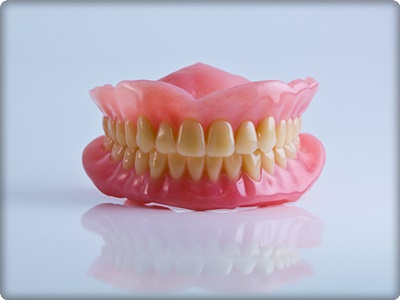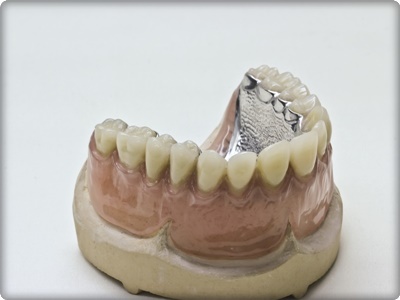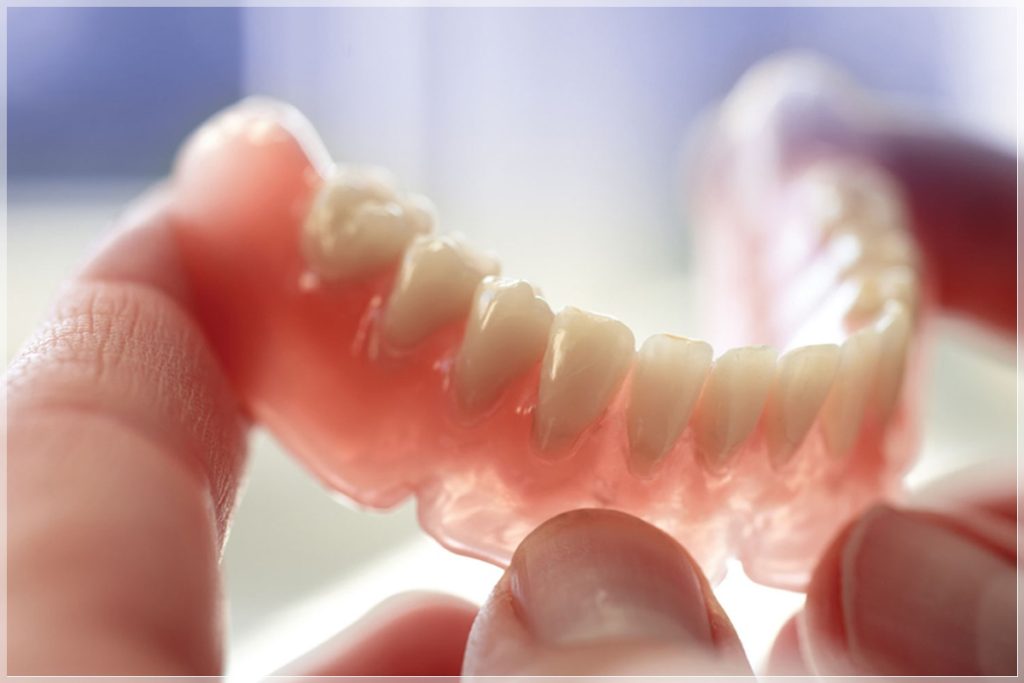- Ataşehir mahallesi 8229/1 sokak A Blok No:3/1, İzmir, Turkey


Prosthetic dental applications are used to replace missing teeth for patients who have lost one or more teeth for any reason. This treatment helps maintain the aesthetics of the smile and ensures the proper alignment of the remaining teeth. Prosthetic teeth, which can be customized to meet specific needs, are designed using materials that perfectly mimic real teeth. Due to their light-transmitting properties, these prosthetic teeth closely resemble natural teeth, preserving the patient’s natural appearance.
Prosthetic teeth are custom-made to fit the jaw and tooth dimensions of each patient. We provide prosthetic solutions tailored to the desired features, filling in the gaps left by missing teeth. If you’re interested in learning more about our prosthetic dental applications, we’ve outlined the key aspects in detail for you.


The types of prosthetic teeth are categorized as follows:
Orthodontic applications are not only essential for achieving an aesthetic appearance but also play a crucial role in ensuring healthy speech, eating, and sleeping patterns. Early orthodontic treatment is necessary to address potential future problems that may affect patients. Without addressing issues such as mouth infections, gum diseases, root diseases, and tooth loss, it is impossible to maintain optimal oral health. Orthodontic treatments, which involve jaw surgery and braces, help align the teeth and jaw into their proper position. Once the natural alignment of the teeth and jaw is restored, the problems experienced by patients are resolved. Early treatment allows the bones to complete their movement more quickly, resulting in a shorter treatment duration. During the growth period, treatment facilitates easier movement of teeth and jaws, while orthodontic treatment at an older age can complicate the healing process.
The steps we follow and the application details for making fixed prosthetic teeth are listed below:
The lifespan of prosthetic teeth depends on the patient’s attention to oral and dental care. The fixed prosthetic teeth we place in the position of the missing teeth function identically to the patient’s natural teeth. These fixed prosthetic teeth, derived from natural teeth, eventually form nerve tissues and, like natural teeth, provide taste sensation. Fixed prosthetic teeth are not only functional but also maintain the appearance of natural teeth, offering aesthetic benefits.

The steps we follow for the application of removable dentures are outlined below:
